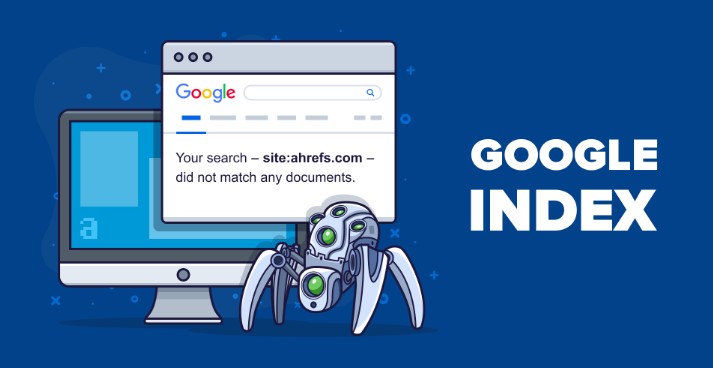4. Monitor Indexing Status: After submitting your sitemap, keep an eye on the indexing status in Google Search Console. It may take some time for Google to crawl and index your website’s pages, so be patient.
Step 3: Optimizing Your Website for Crawlers
While submitting your sitemap is a crucial step, optimizing your website for search engine crawlers can further improve your chances of being indexed effectively. Consider the following best practices:
1. **Robots.txt File:** Create and upload a **robots.txt** file to your website’s root directory. This file instructs search engine crawlers on which pages to crawl and which to exclude.
Baca Juga:Awas Ketipu! Cara Cek Nokia 5200 Sebelum Kamu Beli!Harga dan Spesifikasi Vivo Y22 Lengkap 2023: Smartphone Terbaru dengan Fitur Unggulan
2. **Meta Tags:** Optimize your web pages with relevant **meta tags**, including the title tag and meta description. These tags provide concise information about your page’s content and help search engines understand its relevance.
3. **Keyword Optimization:** Conduct keyword research and strategically incorporate relevant keywords into your website’s content. However, avoid keyword stuffing and focus on providing valuable and natural content.
4. **Internal Linking:** Implement an internal linking strategy to connect your web pages and improve the overall crawlability of your website. Internal links help search engines discover and navigate through your content.
Step 4: Building High-Quality Backlinks
Building **high-quality backlinks** is another effective way to improve your website’s visibility and search rankings. Backlinks are links from external websites that point to your site. When reputable websites link to your content, it signals to search engines that your website is trustworthy and authoritative. Here are some tips for building backlinks:
1. **Create Outstanding Content:** Develop valuable and unique content that other websites will want to link to naturally. This could be in the form of insightful articles, in-depth guides, or engaging multimedia content.
2. **Guest Blogging:** Reach out to relevant blogs and offer to write guest posts. In return, you can include a link back to your website within the content or author bio.
